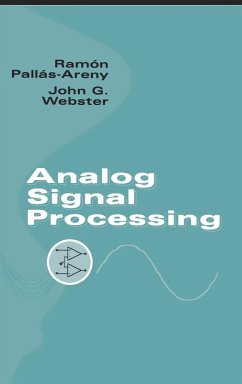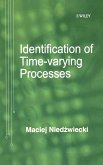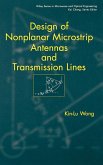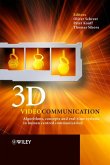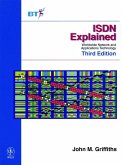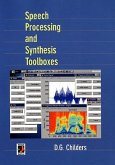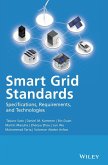Die Lösung der meisten Designprobleme bei analogen Schaltkreisen erfordert ein hohes Maß an Kreativität. Die Autoren dieses bahnbrechenden Leitfadens zeigen auf, daß die Lösung für fast alle analogen Signalverarbeitungsprobleme nicht notwendigerweise schwierig sein muß. In einem originellen, designorientierten Ansatz erfährt der Leser in fünf Schritten, wie er Problemstellungen mit Hilfe von integrierten Standardschaltkreisen als Bausatz löst. Anders als andere Autoren, behandeln Pallás-Areny und Webster Designprobleme zunächst aus funktionaler Sicht und entwickeln dann mögliche Lösungen auf der Basis vorhandener integrierter Schaltkreise, wobei der Schwerpunkt auf der Schaltkreisleistung liegt und nicht auf der inneren Struktur. In fünf Schritten geht es von der Signalklassifiktaion, der Definition gewünschter Funktionen über die Beschreibung analoger Hauptumsetzer hin zu Fehlerklassifikation und -analyse. Mit 90 praktischen Beispielen und über 130 Übungsaufgaben. Ein hilfreiches Nachschlagewerk für die Praxis und ein Lehrbuch für fortgeschrittene Studenten. A proven, cost-effective approach to solving analog signal processing design problems
Most design problems involving analog circuits require a great deal of creativity to solve. But, as the authors of this groundbreaking guide demonstrate, finding solutions to most analog signal processing problems does not have to be that difficult.
Analog Signal Processing presents an original, five-step, design-oriented approach to solving analog signal processing problems using standard ICs as building blocks. Unlike most authors who prescribe a "bottom-up" approach, Professors Pall Areny and Webster cast design problems first in functional terms and then develop possible solutions using available ICs, focusing on circuit performance rather than internal structure. The five steps of their approach move from signal classification, definition of desired functions, and description of analog domain conversions to error classification and error analysis.
Featuring 90 worked examples-many of them drawn from actual implementations-and more than 130 skill-building chapter-end problems, Analog Signal Processing is both a valuable working resource for practicing design engineers and a textbook for advanced courses in electronic instrumentation design.
An Instructor s Manual presenting detailed solutions to all the problems in the book is available from the Wiley editorial department.
Hinweis: Dieser Artikel kann nur an eine deutsche Lieferadresse ausgeliefert werden.
Most design problems involving analog circuits require a great deal of creativity to solve. But, as the authors of this groundbreaking guide demonstrate, finding solutions to most analog signal processing problems does not have to be that difficult.
Analog Signal Processing presents an original, five-step, design-oriented approach to solving analog signal processing problems using standard ICs as building blocks. Unlike most authors who prescribe a "bottom-up" approach, Professors Pall Areny and Webster cast design problems first in functional terms and then develop possible solutions using available ICs, focusing on circuit performance rather than internal structure. The five steps of their approach move from signal classification, definition of desired functions, and description of analog domain conversions to error classification and error analysis.
Featuring 90 worked examples-many of them drawn from actual implementations-and more than 130 skill-building chapter-end problems, Analog Signal Processing is both a valuable working resource for practicing design engineers and a textbook for advanced courses in electronic instrumentation design.
An Instructor s Manual presenting detailed solutions to all the problems in the book is available from the Wiley editorial department.
Hinweis: Dieser Artikel kann nur an eine deutsche Lieferadresse ausgeliefert werden.

